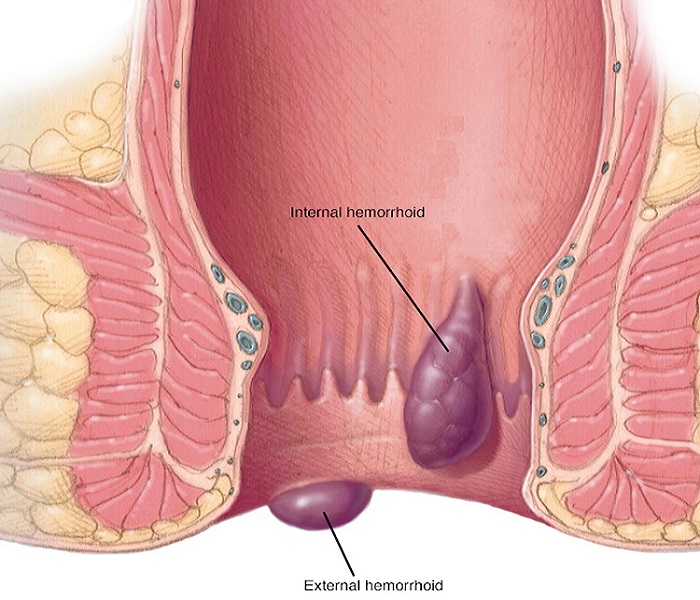Menu
16/1/3, The Landmark building, 3rd floor, Janjeerwala Square, near Sodani Diagnostic Center, Near Janjeerwala Square, Opposite B.B.C, Race Course Road, Indore, Madhya Pradesh 452001

Piles, also known as hemorrhoids, are swollen and inflamed veins in the anus and lower rectum. They can cause pain, bleeding, and discomfort. In cases where conservative treatment options have failed, surgery may be necessary to treat piles.
There Are Several Types of Piles Surgery, Including:
Hemorrhoidectomy: This is the most common type of surgery for piles. It involves the removal of the hemorrhoid tissue. This procedure is typically done under general anesthesia and may require an overnight hospital stay.
Stapled Hemorrhoidopexy: This procedure involves the use of a special stapling device to remove the hemorrhoid tissue and reposition the remaining tissue back into the anal canal. This procedure is less painful and has a shorter recovery time than a hemorrhoidectomy.
Doppler-Guided Hemorrhoidal Artery Ligation (DGHAL): This procedure involves the use of a special device to locate the arteries that supply blood to the hemorrhoid tissue. These arteries are then tied off, causing the hemorrhoid to shrink and eventually fall off.
Rubber Band Ligation: This procedure involves the placement of a rubber band around the base of the hemorrhoid, cutting off its blood supply and causing it to shrink and fall off.
Your doctor will determine the best type of piles surgery for your specific condition based on factors such as the size and location of the hemorrhoids, your overall health, and your personal preferences. It is important to discuss the risks and benefits of each procedure with your doctor before making a decision.
After surgery, it is important to follow your doctor’s instructions regarding post-operative care, such as avoiding heavy lifting and straining, taking pain medications as prescribed, and keeping the affected area clean and dry. In most cases, patients can return to their normal activities within a few weeks after surgery.

Laparoscopic Surgery, also known as minimally invasive surgery, is a surgical technique that uses small incisions and specialized tools to perform surgery. While laparoscopic surgery is commonly used for abdominal surgeries, it is not typically used for the treatment of piles.
Hemorrhoidectomy, the surgical removal of hemorrhoids, is the most common surgical procedure used to treat piles. However, this procedure is typically performed using a traditional open surgery approach rather than laparoscopic surgery.
There is a newer surgical technique called transanal hemorrhoidal dearterialization (THD), which can be performed using laparoscopic surgery or robotic-assisted surgery. THD involves using ultrasound to identify the arteries supplying blood to the hemorrhoids and then ligating (tying off) these arteries to reduce blood flow to the hemorrhoids.
While THD can be performed using laparoscopic surgery or robotic-assisted surgery, it is important to note that not all surgeons are trained or experienced in these techniques. It is important to talk to your doctor about your individual needs and the best surgical approach for you.
16/1/3, The Landmark building, 3rd floor, Janjeerwala Square, near Sodani Diagnostic Center, Near Janjeerwala Square, Opposite B.B.C, Race Course Road, Indore, Madhya Pradesh 452001
© 2025 Dr. ACHAL AGRAWAL | All Rights Reserved | Powered by Mrdigito.com